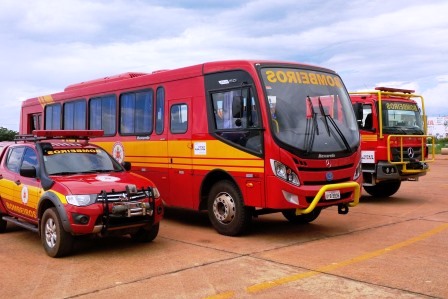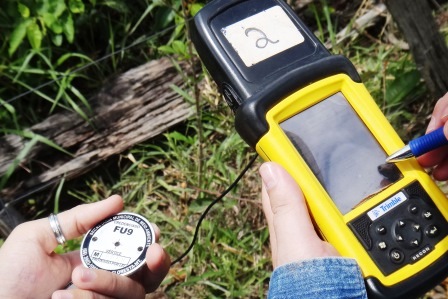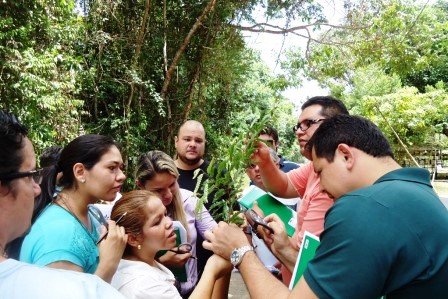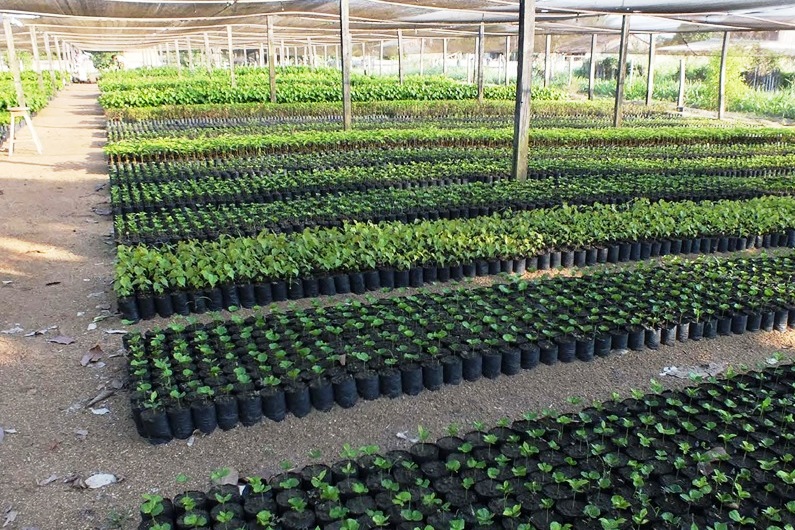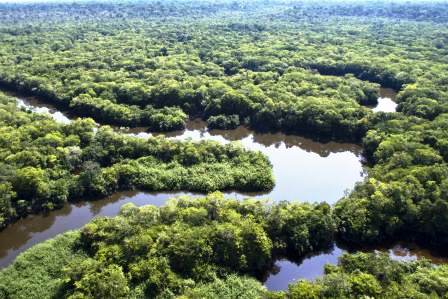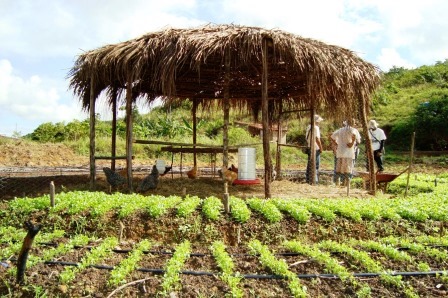ACTIVITIES CONDUCTED
The project was structured along two axes. The first supported the implementation of PGTA actions in the Xingu Indigenous Park and the second axis promoted the preparation of PGTAs in TIs in the Upper Rio Negro Region and in the Yanomami TI. The main activities carried out are highlighted below.
1 – Implementation of Actions of the Territorial and Environmental Management Plan of the Xingu Indigenous Park.
Meetings and workshops were held to define priorities and detail strategic topics of the Xingu Indigenous Territory Management Plan¹.
These meetings were attended by approximately 1,600 indigenous people to discuss topics such as forest restoration actions, territory inspection activities and development of economic alternatives, among other important topics for the implementation of the Xingu Indigenous Territory Management Plan.
Small projects selected through two public calls carried out by ISA and implemented by various associations and indigenous communities were supported. The supported actions promoted: i) cultural integrity, ii) food security, iii) management of strategic resources and iv) economic alternatives. This support encouraged associations and communities of each ethnicity to progressively assume the implementation of the PGTA, contributing to its protagonism and independence in the defense of their rights and interests.
These two public calls, under the initiative called “Support for Community Initiatives (known as AIC)”, supported 35 small projects of eleven indigenous peoples, ranging between R$10,000 and R$50,000 each project. Among other actions, the following were supported: the construction of a nursery for the production of fruit trees; the construction of a flour house for the production of flour and powder for consumption and commercialization; the training of beekeepers and the implementation / expansion of apiaries; the construction and equipping of a house for honey processing; the construction of a house for the production and exhibition of handicrafts; and the raising of chickens for consumption and income generation.
Cultural integrity projects were also supported, through the implementation of diverse actions to recover traditional knowledge, such as: the production of traditional canoes; the recovery of traditional songs; the recovery of the diversity of products from the countryside; the recovery of traditional craftsmanship; basket making, and the tradition of body painting.
Two audiovisual training workshops were held, which resulted in the production of eight films made from records of students who participated in these workshops, highlighting a 42-minute film reporting seven of the projects carried out under these two public calls for “Support for Community Initiatives”².
As part of the project, three new properties were built, totaling 830m2 of area. A building with an auditorium has been allocated to house the Association of the Indigenous Land of Xingu (known as ATIX), in the municipality of Canarana, in the state of Mato Grosso. This association has brought together 16 indigenous peoples since its creation in 1995.
Two sets of auditoriums, offices and kitchens were also built, including the acquisition of furniture and equipment, to serve the Kikatxi pole, in Querência, and the Pavuru pole, in the municipality of Feliz Natal, both in the state of Mato Grosso. These auditoriums and kitchens are used for meetings and courses in the eastern and middle Xingu regions, and the offices for the use of ATIX in the region.
Improvements were made for three properties used by indigenous associations in the area of operation of the project, one in the municipality of Gaucha do Norte, in the Upper Xingu region and the two others in the municipality of Canarana, all in the state of Mato Grosso. In the context of institutional support for ATIX, a 4x4 truck and a light truck were also purchased.
In order to strengthen the infrastructure of the four poles of the Xingu Indigenous Territory, investments were made in the acquisition of seven boats and four outboard engines; along with more than two dozen items of computer equipment, such as desktops, laptops and projectors. Seven digital cameras, microphones, two radios for long-distance communication, as well as electrical power generation equipment were also acquired, including a motor generator, a photovoltaic generator and two stationary batteries.
Among other trainings, a workshop on participatory organizational diagnosis of the ATIX strategic project was held and several project preparation, management and accountability training events were held, with the objective of supporting indigenous associations and communities to prepare and implement the projects supported by the two public calls and to enable them to prepare new community projects and raise new resources for their implementation.
In order to strengthen the indigenous surveillance and territorial monitoring services of the Xingu Indigenous Park, 22 indigenous surveillance expeditions were carried out, as well as field activities for pesticide monitoring. The Xingu Indigenous Park is surrounded by municipalities that concentrate much of the Brazilian soybean production. The use of pesticides exposes indigenous communities, especially those neighboring large soybean producers, to the pesticides used in this crop, which are often sprayed by air in areas near the villages.
2 - Preparation of territorial and environmental management plans for Indigenous Lands in the Upper Rio Negro region and Yanomami Indigenous Land
The preparation of PGTAs and indigenous macro-regional management plans encompass extensive processes of gathering information, conducting courses, inter-institutional meetings, workshops and consultations in communities, working groups and other moments of socialization and debates on territorial and environmental management.
Participatory PGTAs were prepared with local perspectives and macro-regional indigenous management plans, with context, diagnosis and recommendations for territorial, environmental and cultural management, listed below. These plans can be consulted on the Amazon Fund website, in the section dedicated to this project³:
The following PGTAs were implemented by the project with the support of the Amazon Fund: PGTA of the Yanomami Indigenous Land; PGTA of the Alto Rio Negro Indigenous Land; PGTA of the Balaio Indigenous Land; PGTA of the Cué Cué Marabitanas Indigenous Land; PGTA of the Middle Rio Negro I, Middle Rio Negro II and Rio Téa Indigenous Lands; PGTA CAIARNX - Coordination of the Upper Rio Negro and Xié Indigenous Associations; PGTA Nadzoeri - Baniwa and Koripako Nadzoeri Organization; PGTA COIDI - Coordination of the Indigenous Organizations of the District of Iauaretê; PGTA Wasu - Upper and Middle Rio Negro Indigenous Management Plan and Recommendations for Territorial and Environmental Management of the Rio Apapóris and Entorno Indigenous Land – Rio Traíra Region.
Additional videos and documents (executive reports and governance bulletins), prepared within the scope of the project, are also published on the Amazon Fund website.
¹ The Xingu Indigenous Territory is formed by the Xingu Indigenous Park and three other indigenous lands: Wawi, Batovi and Pequizal do Naruvôtu.
² https://www.youtube.com/watch?v=fxDg3jlFCBg The audio of this video is partially in Portuguese and partially in the languages of indigenous peoples, with subtitles in Portuguese.
³ https://www.fundoamazonia.gov.br/pt/projeto/Gestao-das-Terras-Indigenas-das-Bacias-do-Rio-Negro-e-Xingu/



